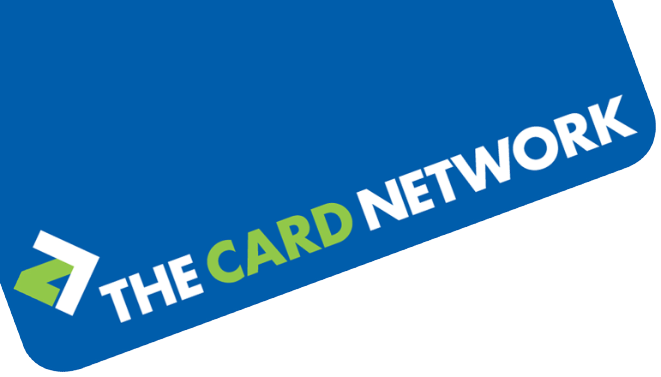ID cards are miniature powerhouses: granting access, verifying identity, and even acting as mini wallets. But if you've never designed one before, how do you make them truly effective?
Our production team have been printing staff ID cards for longer than they'd like to admit, but that does mean they have picked up some useful tips along the way.
Tip 1: Keep it SimpleOur main recommendation is keep the ID card design simple. The most important purpose of the card is identification, so the more details you include, the less readable it becomes. Consider carefully how many elements you actually need to include on the card.
Tip 2: Don't overcrowd it with textAn effective ID card usually just features a name, job title and expiry date. Keeping it to a handful of fields means that the card is legible, so don't cram on information that isn't strictly necessary.
If you need to include text or information that isn't essential to verification, consider printing it on the reverse of the card.
Tip 3: Take clear head shots of your staff on a simple backgroundIf you're printing a photo staff ID card then the top priority is a clear photograph that is big enough to be easily compared against the card holder.
The main consideration should be the background the photos are taken against. We would always recommend taking photographs of your staff against a white wall or a simple background. Don't try and crop from holiday shots or family photos!
If you've taken the shots against a white wall, there's also the option of cutting the headshots out, so there's no background at all.
Example ID Cards
✔️ A Recommended Design: Space around the Logo, Uncluttered Background, Photograph Easily Legible, Minimal Text.

A clear background makes everything on the card readable, the company, name and photograph are all easy to identify.
Adding a touch of blue colouring to ensure the ID card is in line with company colours is an easy branding win too.
❌ A Bad Design: Flood Fill, Multiple Fonts used.

If your design is very busy with excess information, multiple fonts and different colours, then it ultimately becomes difficult to read and identify the card holder.
Does all the information need to be on the front? Important information should be prominent, with each element large enough to see at a glance.
❌ Too Much Information: Crowded Text.

Consider a double-sided design with the non-essential information if you have lots of text. You can manage this even with a single-sided ID card printer, simply flip the card over, reinsert and proceed as you usually would.
One way to futureproof your staff ID cards is to not add mobile numbers or email addresses to cards, as if this information changes you'll need to issue a new card.
❌ Identification Issues: Busy Photo, Busy Background.

Combining a photo for the background and a head shot make identification at a glance difficult. Try taking head shots with a plain light coloured background for best results.
✔️ The Alternative: Black/White Simple Card.

Simple designs tend to be the most convenient and can be produced with a black ribbon, which are much cheaper in the long run.
If you're looking for something a bit more adventurous, consider a coloured base card to add an extra something.
Start designing, you'll soon find something that works.
Stick to the principles of a simple design with only vital information and a clear photograph, you won't go too far wrong with your ID cards.
As you get more confident, consider the use of multiple templates for different shift patterns or staff levels perhaps. This can add something extra to your teams and easily differentiate between roles.







